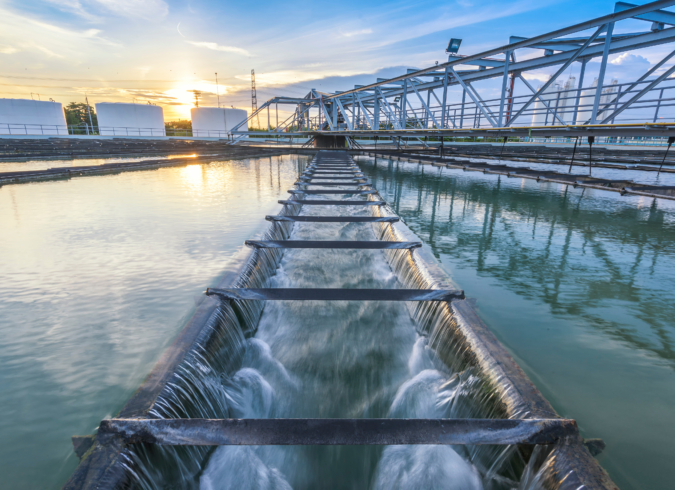Recent regulation changes could require a more complete reduction of PFAS. The chain length of PFAS can greatly affect the treatment efficiency. Therefore, when selecting the treatment technology for landfill leachate, one should understand applicable regulations, leachate water chemistry, and PFAS characterization.
PFAS have been detected in municipal solid waste landfill leachate at levels higher than drinking water standards. Although PFAS treatment is not currently required for landfill leachate, some states have developed or are moving forward with surface water criteria likely to either directly or indirectly require reductions of PFAS concentrations in leachate. Consideration of PFAS chain length and water chemistry will help identify which compounds require additional treatment to eliminate impacts on the environment, pending the extent and nature of forthcoming PFAS regulations.
If you’d like to learn more about how the chain length of PFAS can affect treatment efficiency, read the recently published article “PFAS Chain Length Impact on Landfill Leachate Treatment Efficiency” by Sanborn Head’s Lingke Zeng with the help of Stephen Zemba and Sarah Pope in the latest issue of EM Magazine, the Magazine for Environmental Managers.
This article appears in the March 2023 issue of EM Magazine, a copyrighted publication of the Air & Waste Management Association (A&WMA; www.awma.org). To learn more visit www.awma.org.





